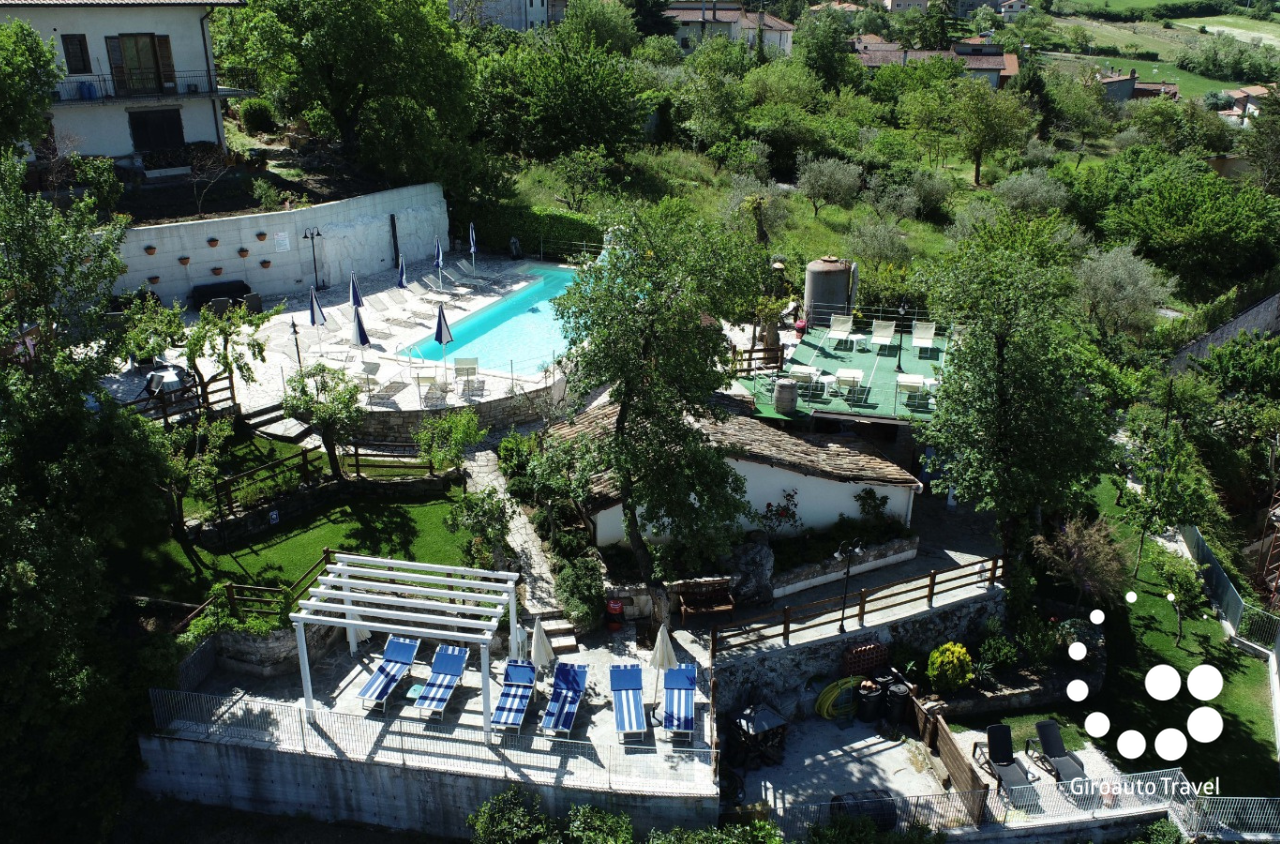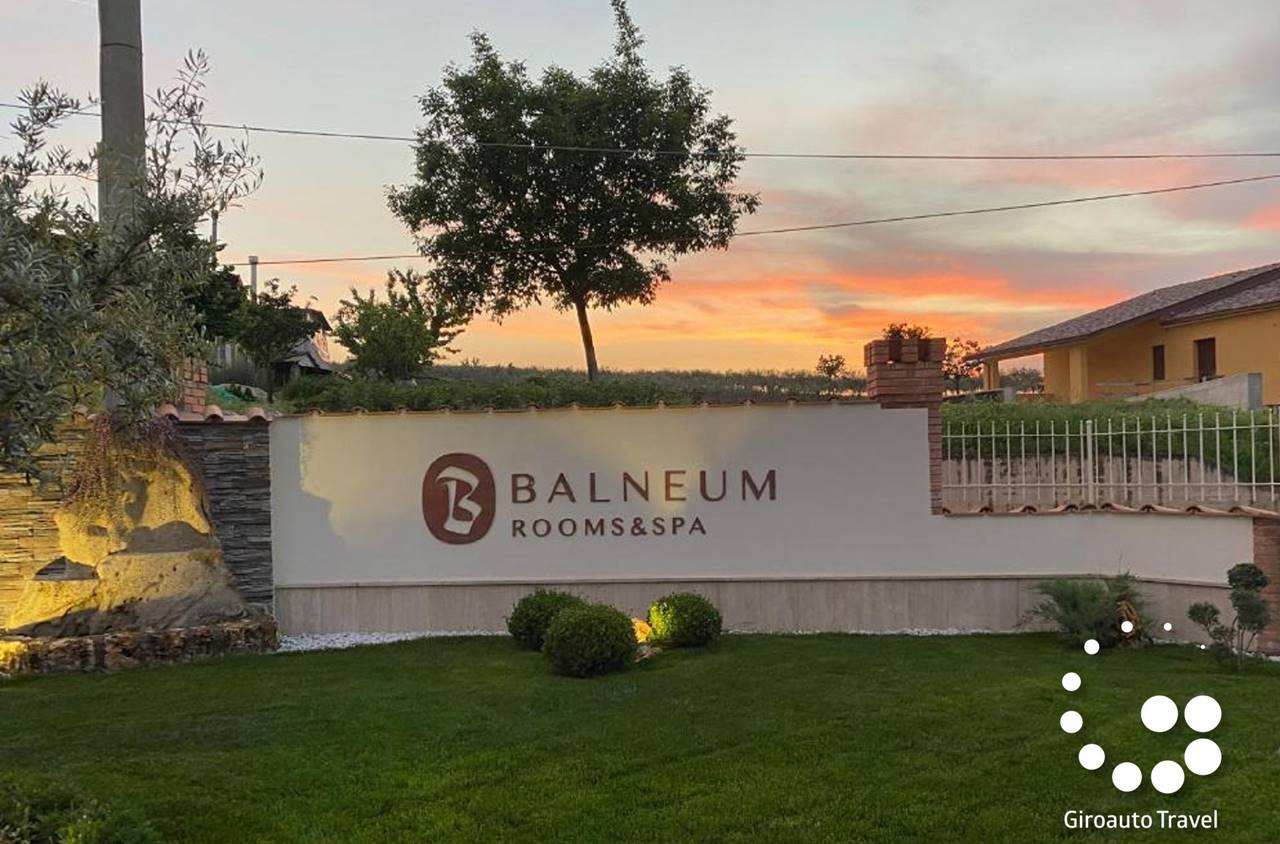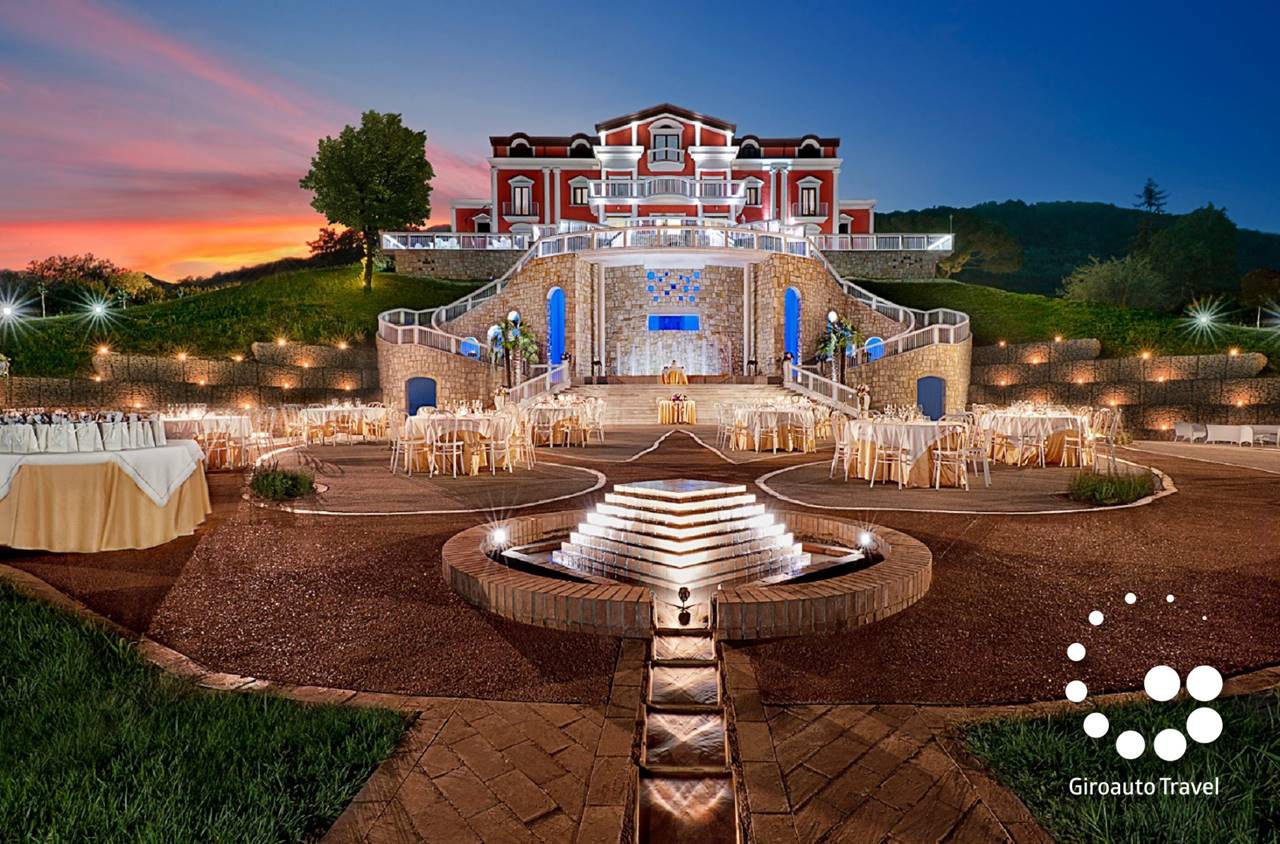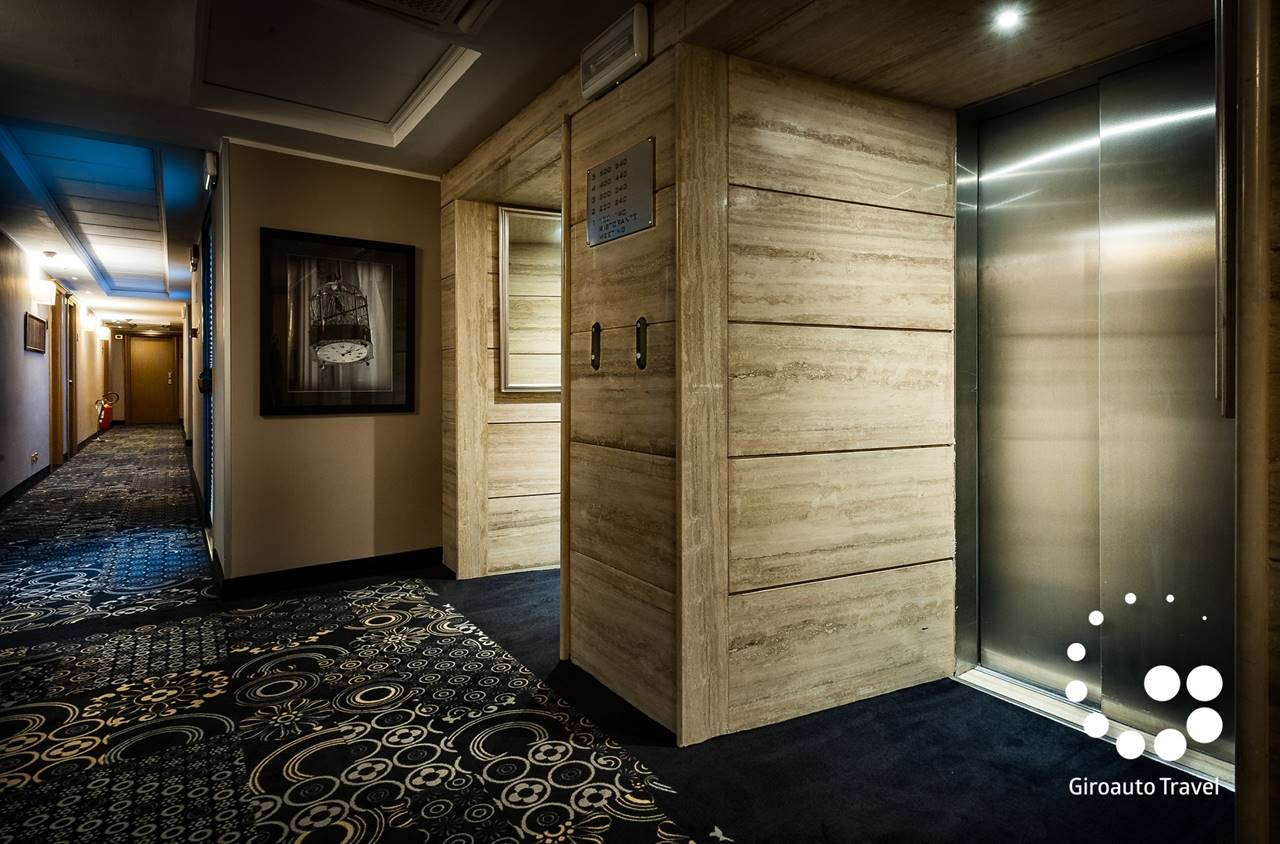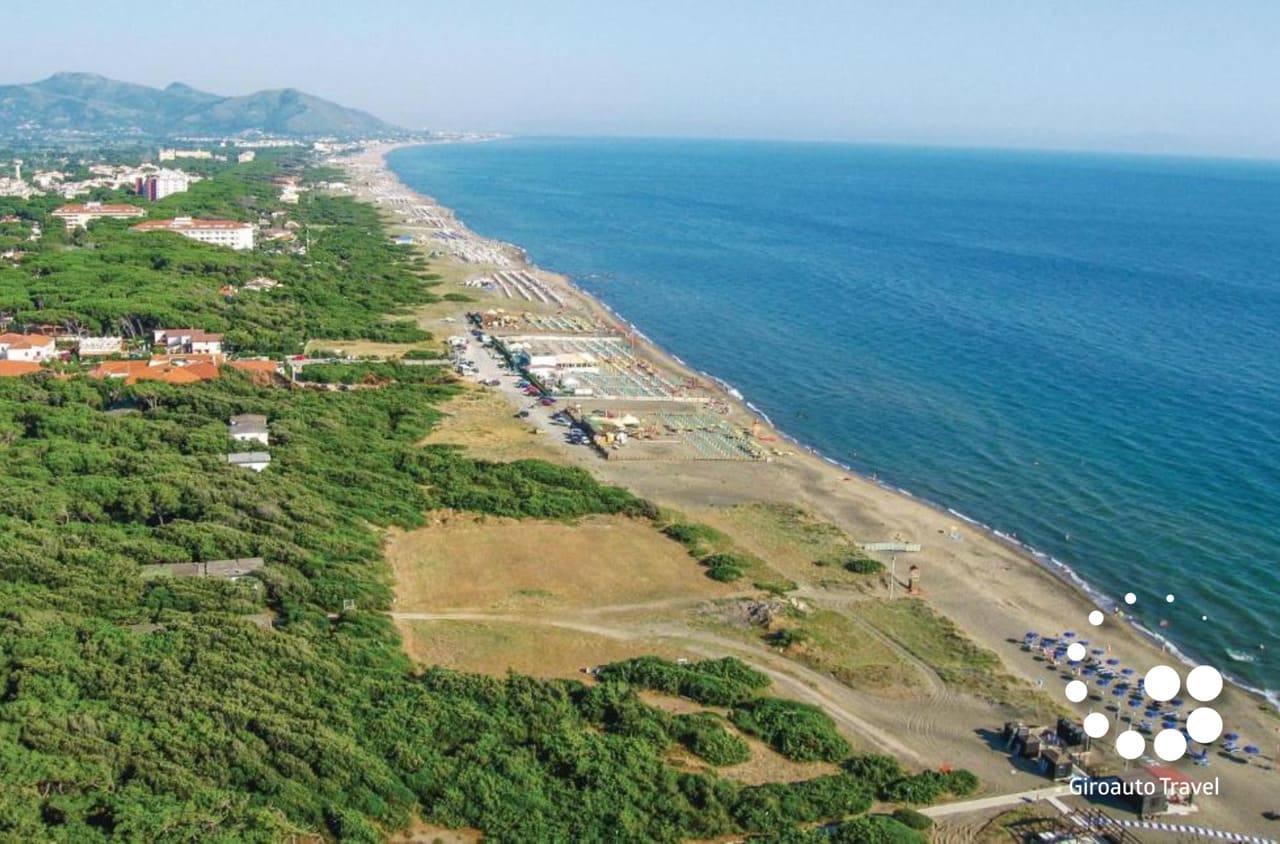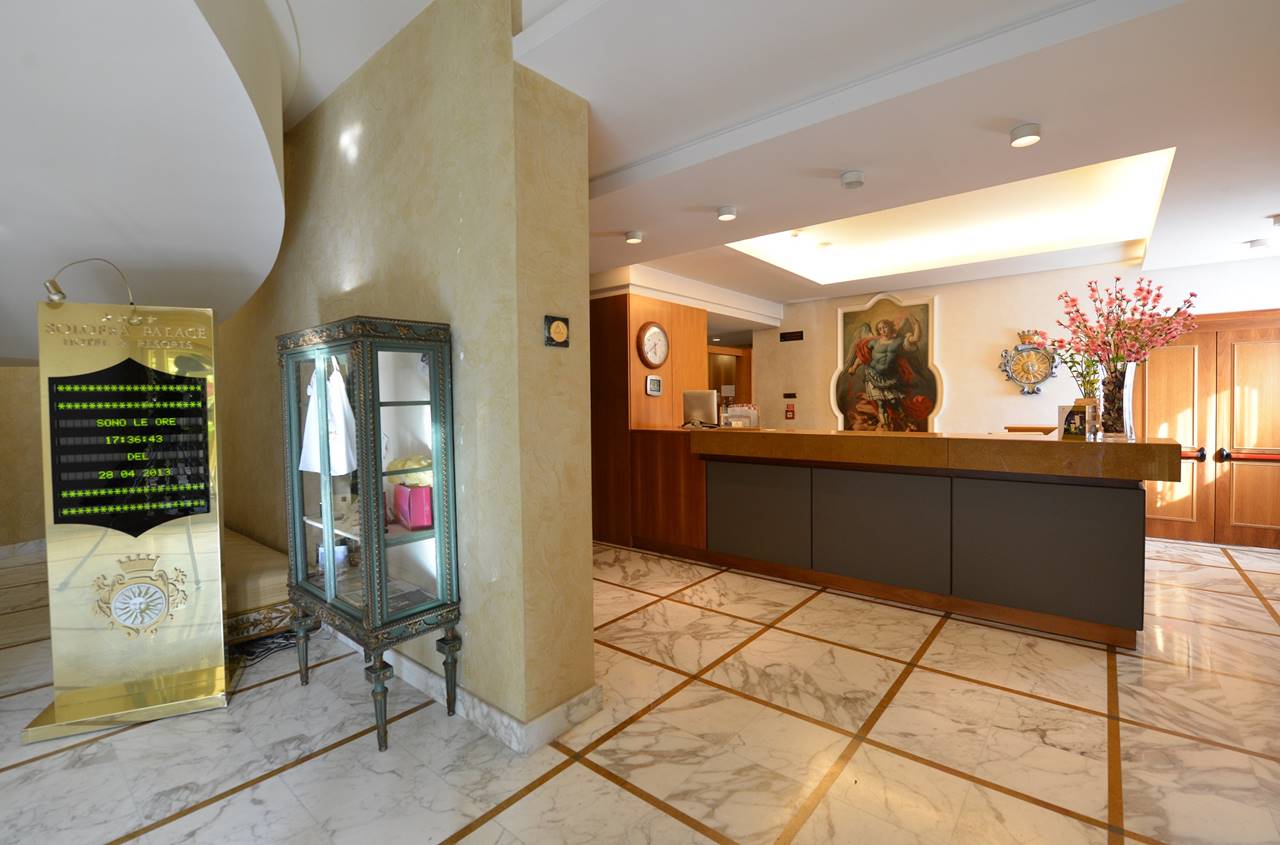Regional Park of Taburno-Camposauro
The Regional Park of Taburno-Camposauro, established on 6 November 2002 by the Campania Region, covers 12,370 hectares in the province of Benevento and hosts a population of about 35,000 inhabitants. It is a protected area of 14 municipalities: Bonea, Bucciano, Cautano, Frasso Telesino, Moiano, Sant'Agata dei Goti, Solopaca, Tocco Caudio, Vitulano, Melizzano, Montesarchio, Foglianise, Paupisi, and Torrecuso. The massif, which culminates in the peaks of Taburno (m. 1394), Camposauro (m. 1388) and Pentime (m. 1170), rises with very steep slopes from the Valle del Calore, or Valle Telesina, to the north, which separates it from the Matese, and from the Valle Caudina to the south, which separates it from the Partenio, while to the east and west it slopes more gently towards two minor streams, the Jenga and the Isclero.
The "A" area of the Park, an integral nature reserve, covers 4,566 hectares and covers the central part of the protected area, as well as the highest peaks of the mountains; the "B" zone, a general reserve, extends for 4,712 hectares and affects the karst plans and the foothills areas close to the zone "A".
The "C" zone, finally, of controlled reserve, extends for 4,404 hectares and covers the outermost part of the Park’s territory, including the agricultural areas and population centers included in the park’s territory. From a meteorological point of view, Taburno-Camposauro is affected by a rainfall of the Apennine type with an annual amount of rain ranging from 900 mm of the valley floor to about 1,071 mm for the highest altitudes. The summer minimum rainfall falls in the period of July-August, the maximum coincides with the month of November. The temperature is characterized by generally mild winters, except for higher altitudes and very hot summers. Created for the protection of the Taburno-Camposauro massif, which is part of the Campania Apennines, the Park offers valuable natural resources and landscapes in a context of considerable historical, cultural and traditional interest. Seen from the east side, the profile of the massif resembles that of a woman lying: this is why it is also called the Dormiente of Sannio.
The landscape of the massif is as varied as it is fascinating. A succession of historic centers, hamlets, farmhouses, ancient hermitages and sanctuaries accompanies the visitor in all environments. The low areas are almost all cultivated, forming a spectacular mosaic that completely encircles the massif with vineyards, olive groves, orchards, vegetable gardens, which testify the presence of man since time immemorial. As you climb, the crops give way to extensive forests of oak, chestnut and beech trees with a very valuable presence of white firs in the State Forest of Taburno, of Bourbon origin, protected for over a century and a half to protect the springs of Fizzo that feed the aqueduct of the Royal Palace of Caserta. Higher up, imposing rocky walls connote the wild nature of the massif: they are the kingdom of birds of prey that take advantage of the ascending air currents that form in front of them.
Finally, the beautiful karst plains of Camposauro, Trellica, Cepino and Melaino, green oasis of tranquility surrounded by woods, which perform the important function of collecting the rainwater and convey them into the complex underground hydrogeological system, to the base of the massif. And these are the real resources that the Park Authority, as manager, protects and promotes: the water, released into the most important regional water networks; crops; the rare animal and plant species that find shelter and food in the woods and meadows; traditions, customs and local culture, often threatened with extinction like species and habitats; the paths, paths and paths for necessity since prehistoric times, now transformed into suggestive invitations to trekking. Mount Taburno, as well as wild nature, is extraordinarily rich in historical, archaeological and architectural evidence.
The territory has been inhabited since ancient times, and has been affected by the most important ethnic flows of the various eras. The first evidences of the human presence can be traced back to the Paleolithic period, when nuclei of hunters and gatherers came there in search of resources. Later the area of the Park was one of the main centers of the Samnite civilization, with influences of the Oscis and with frequent contacts with the centers of Greek colonization on the coast, to which it was connected through the rivers Calore and Volturno. It was the scene of the wars that opposed the Samnites in Rome: one of the most famous episodes of this long struggle was the Forche Caudine, in which the Romans were harshly defeated and even mocked by the enemy. From the fall of Rome, throughout the Middle Ages and until the Unification of Italy, the towns of the territory followed the ups and downs due to the succession of different dominations over the centuries: Longobards, who gave an indelible trace to the art and architecture of the centers, Byzantines, Normans, Angevins, Spanish and French.
The legacy of each of these rulers, who left the traces of their presence and contributed to the creation of a culture with deep and varied roots, is particularly evident in the many churches, castles and palaces that make up the rich historical and cultural heritage of the villages of the area. The various historical periods will mark more and more the affirmation on the Taburno Camposauro, forms of agrosilvopastorale economy that will have a decisive influence on the landscape and the use of natural resources. For a long time the most inaccessible areas of Taburno, were the undisputed domain of bandits and robbers: of the phenomenon there are still significant traces.
The Taburno Camposauro Park is a very complex reality, which imposes management practices and governance tools equally complex and virtuous, both from the administrative, political and socio-economic point of view, both from the environmental point of view. In order to ensure the economic and social development of the population of the Park, the Authority promotes the testing of methods of land management, suitable for achieving a sustainable integration between man and the natural environment and such as to preserve the natural heritage. The Agency promotes new compatible productive activities and safeguards the traditional cultural values present in the agro-forestry pastoral activities, crafts and traditional local architecture.
